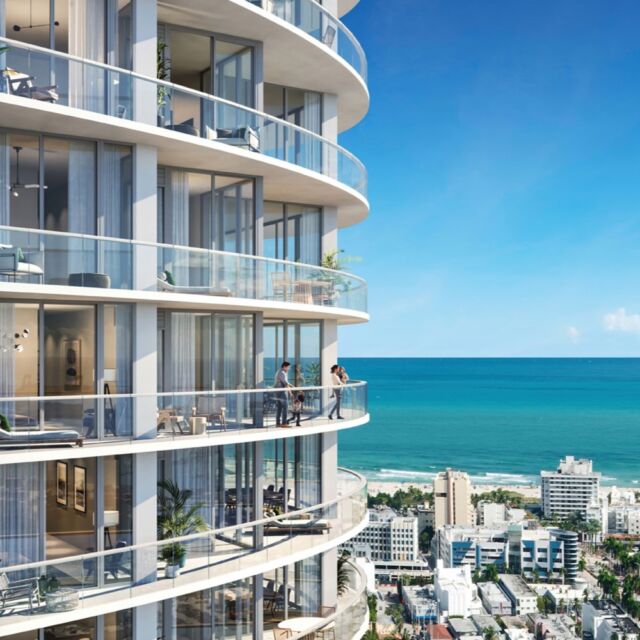Allison Babcock’s tranquil interiors are an antidote to sensory overload.
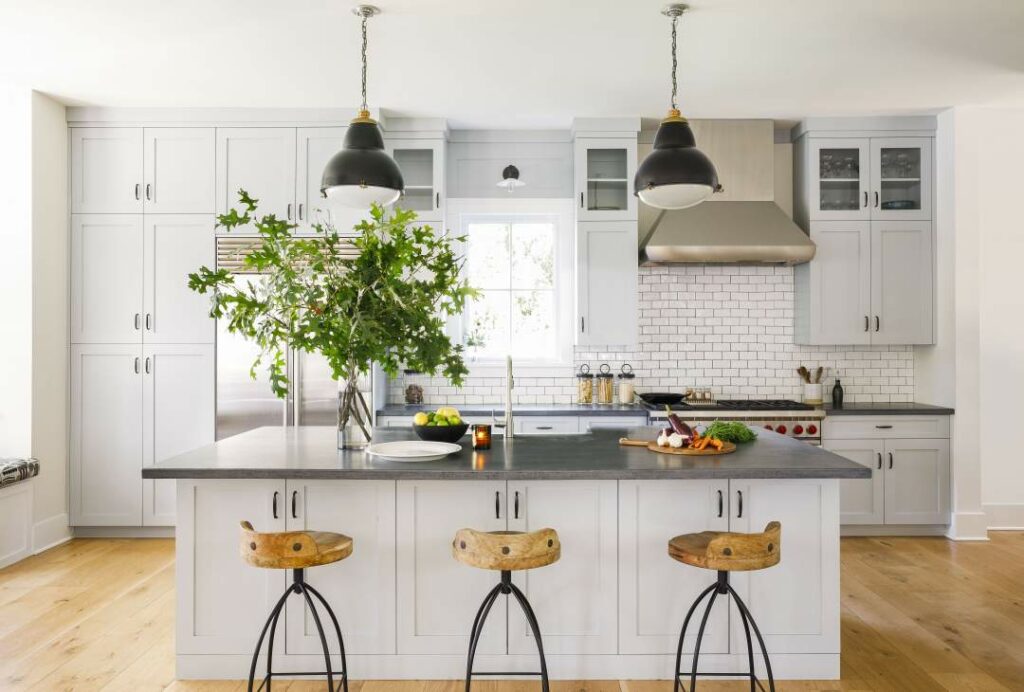
A design-minded alien whose only source of style intel about the U.S. was Instagram would conclude that Americans are a bit obsessed with color. In the virtual world, blinding orange living rooms, hot pink kitchens, and violet bedrooms are everywhere. But for how long?
It’s a question the Sag Harbor-based interior designer Allison Babcock will never have to concern herself with. Babcock is known for her skillful handling of neutral colors. She also favors one-of-a-kind and limited edition soft furnishings, tailored upholstery, and decorative elements that reflect the outdoors. The result are interiors that fairly glow.
“We are bombarded with images all the time,” says Babcock. When I come home at night, I want my surroundings to feel calm and serene.” It’s a feeling that pervades her work — including the 3,800-square-foot Sag Harbor home pictured on these pages. The clients, a young married couple with children, enlisted her help to carry out their plans for a double lot they had acquired on a pretty village street. On the property was a small farmhouse built in 1910 and a shed. Rather than tear the former down, they hit on the idea of building an extension that would become their main residence. The farmhouse would serve as guest quarters, with the two structures forming a unified whole.
Once an architect had dealt with the building envelope, Babcock and the homeowner-husband took the reigns of the project and designed a three-level extension (with a children’s playroom in the finished basement) that connects to the existing house via the mudroom. The latter leads to an open-plan living and dining area, and kitchen. A staircase off the main living area leads to four bedrooms, a laundry room, two full bathrooms, and a reading nook that gets ample daylight.

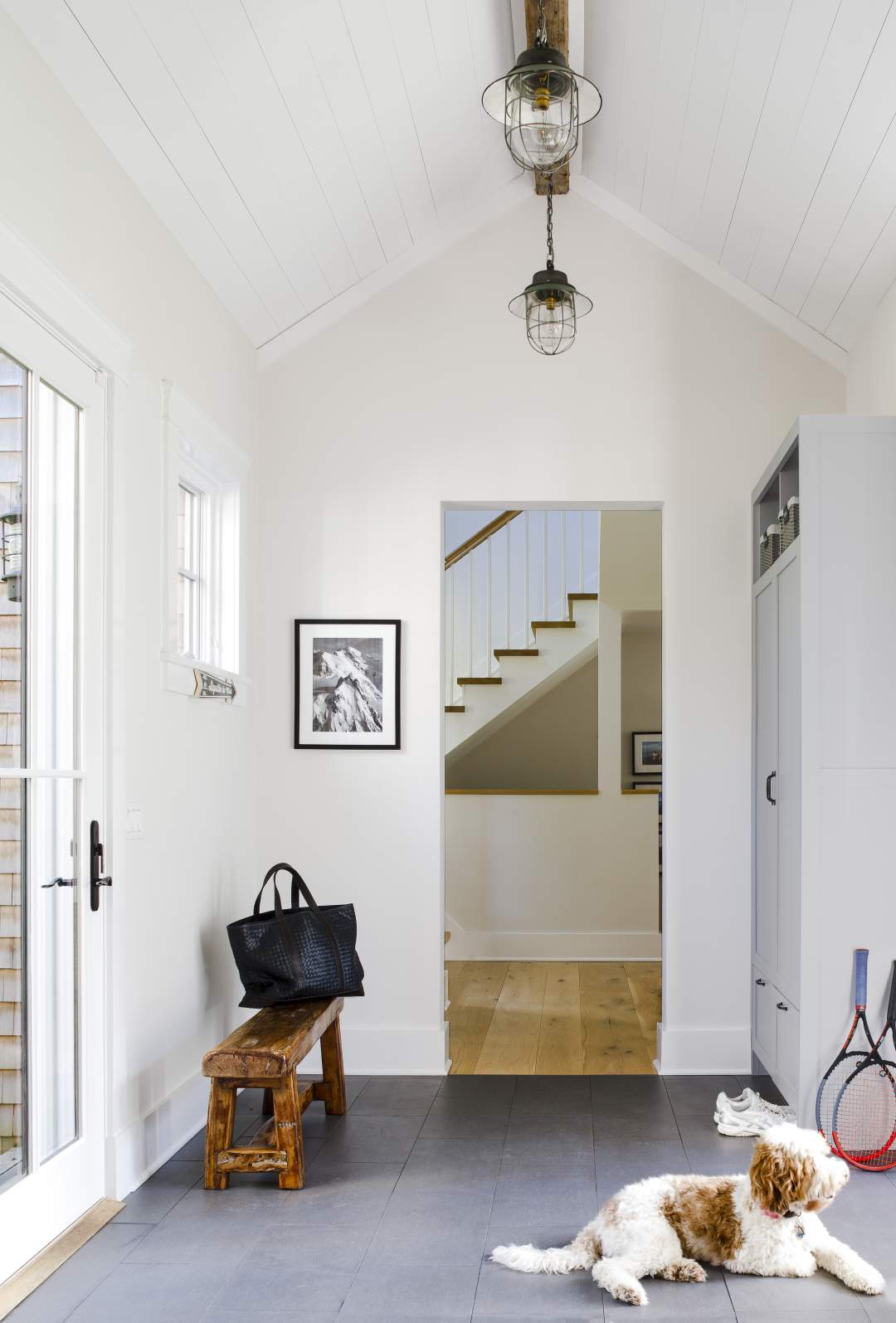
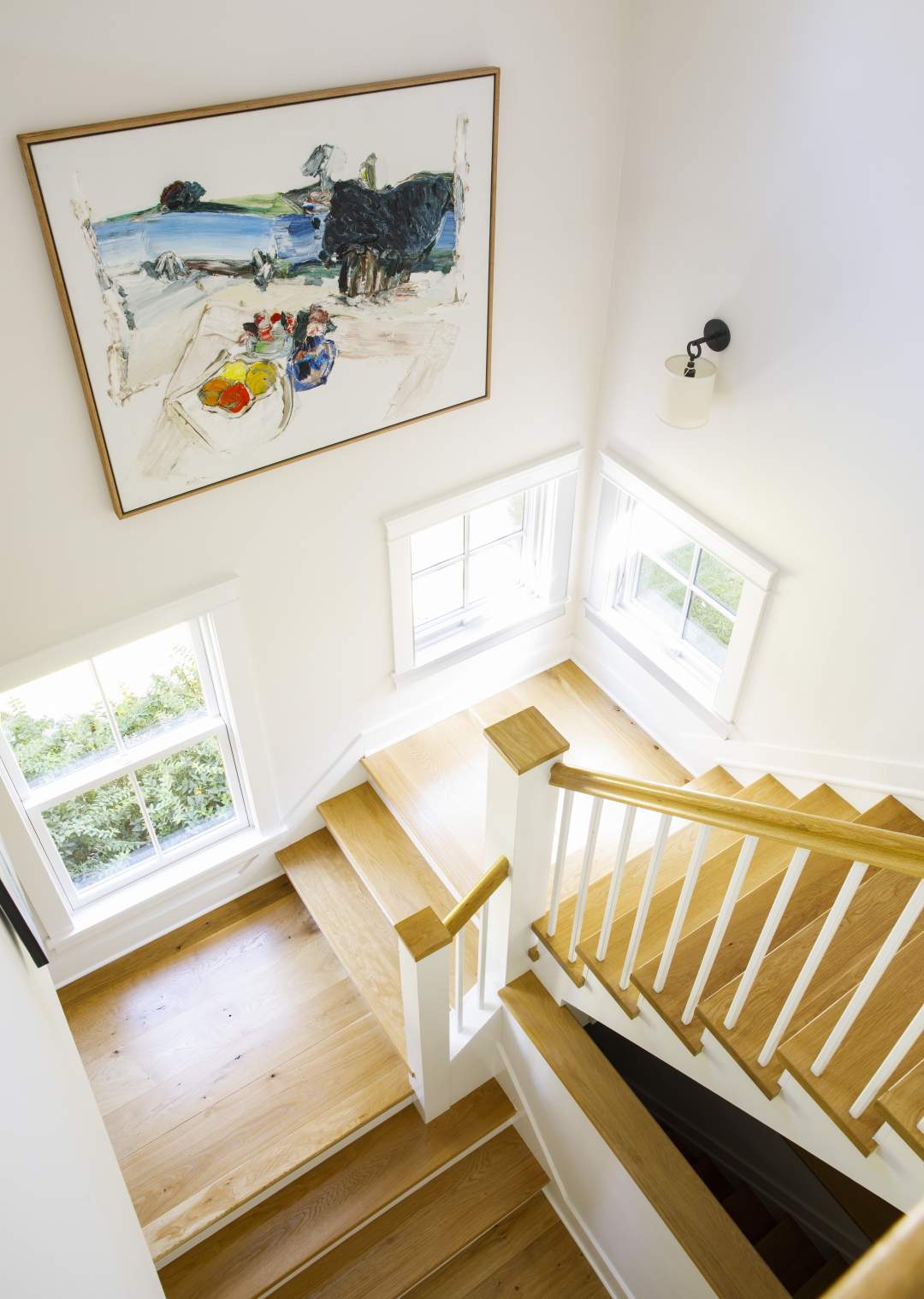

The challenge, says Babcock, was to imbue the place with character so that “you didn’t just see a lot of sheet rock.” And since the extension was to be a full-time residence rather than a summer beach cottage, Babcock chose materials that would give the space what she calls a patina. She and the homeowner — who served as general contractor — brought in antique ceiling beams and shiplap, installed two-over-two windows, and put down wide oak floor boards, all of which were of a piece with the original farmhouse.
Babcock took the same approach to the finishes. The vintage pendant lights over the kitchen island were inspired by Paris streetlights; the industrial-looking lights in the slate-floored mudroom once hung in a factory in eastern Europe. A pair of travertine and iron tables from San Miguel de Allende, Mexico, and two high-backed Swedish mid-century chairs in the living area along with other unique pieces distinguish the space.
What ties it all together are the colors. Consider those in the sunlit kitchen where Babcock employed a palette of soft creams, blacks, and greys. “I always think with an open-floor plan it’s better not to have a white kitchen,” she says. “Darker colors add warmth and make the cabinetry feel more like furniture and not quite so stark.” Black hardware on the Shaker cabinets, grey concrete countertops and lots of natural wood tones give the space a grounded feel.
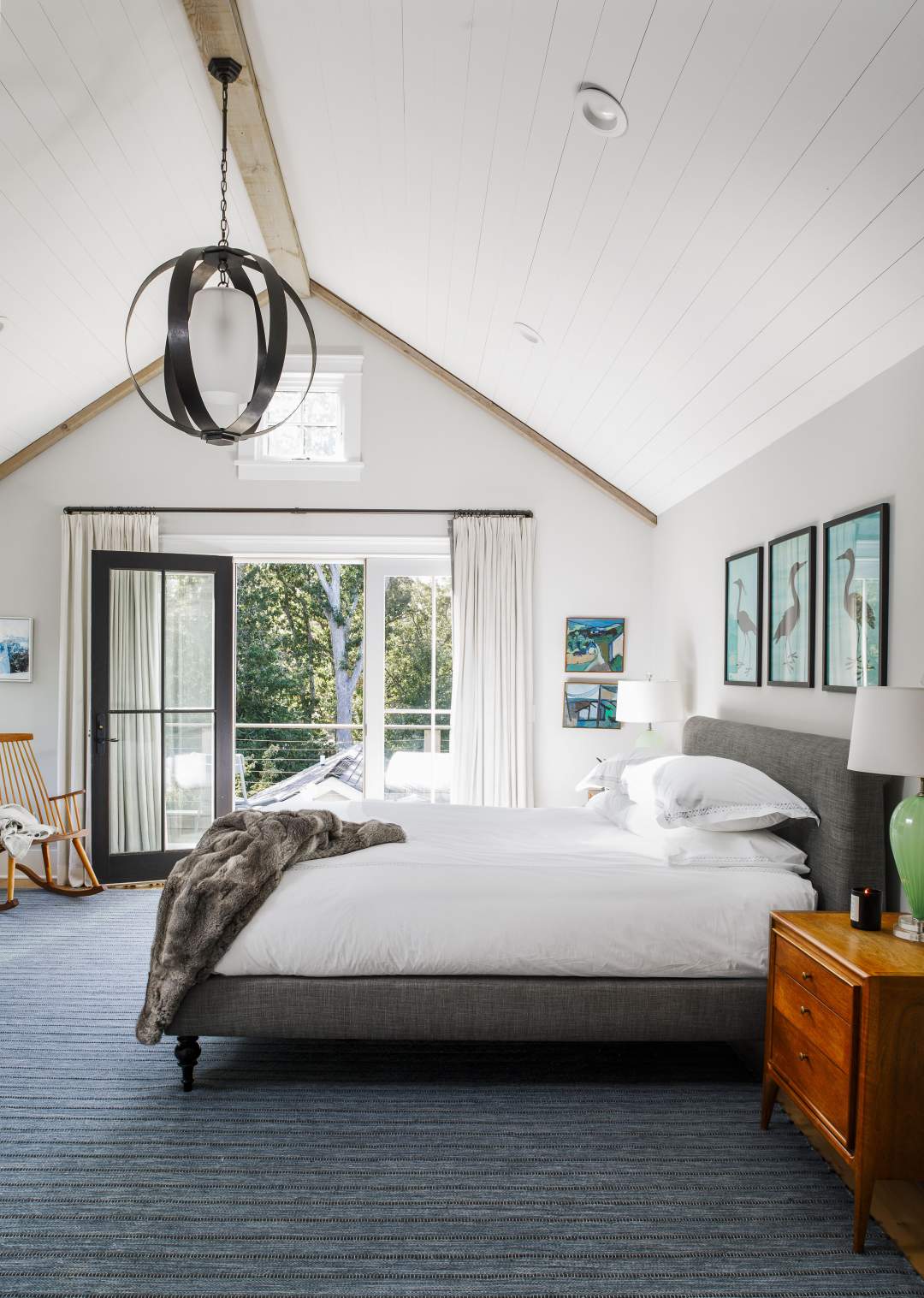
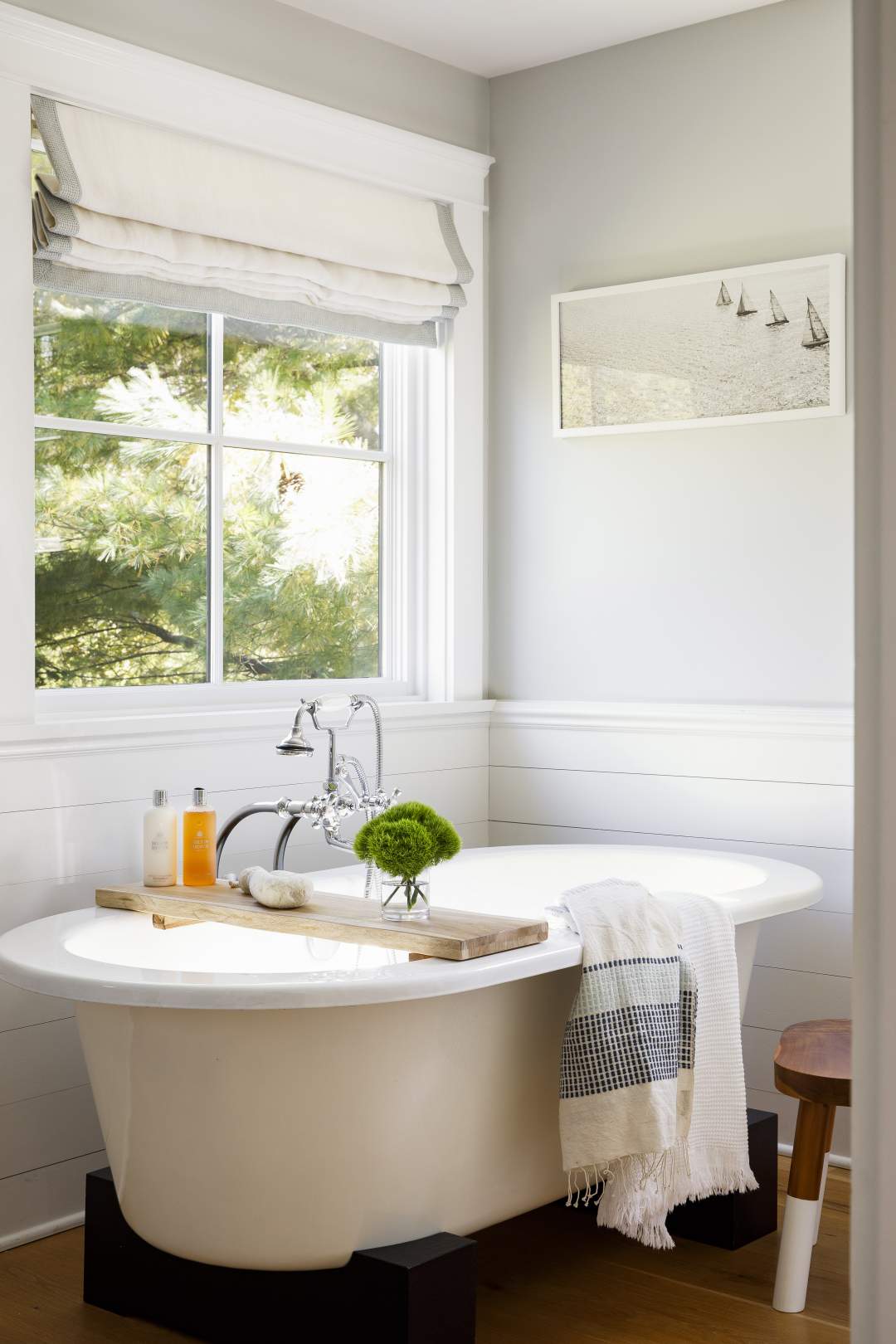
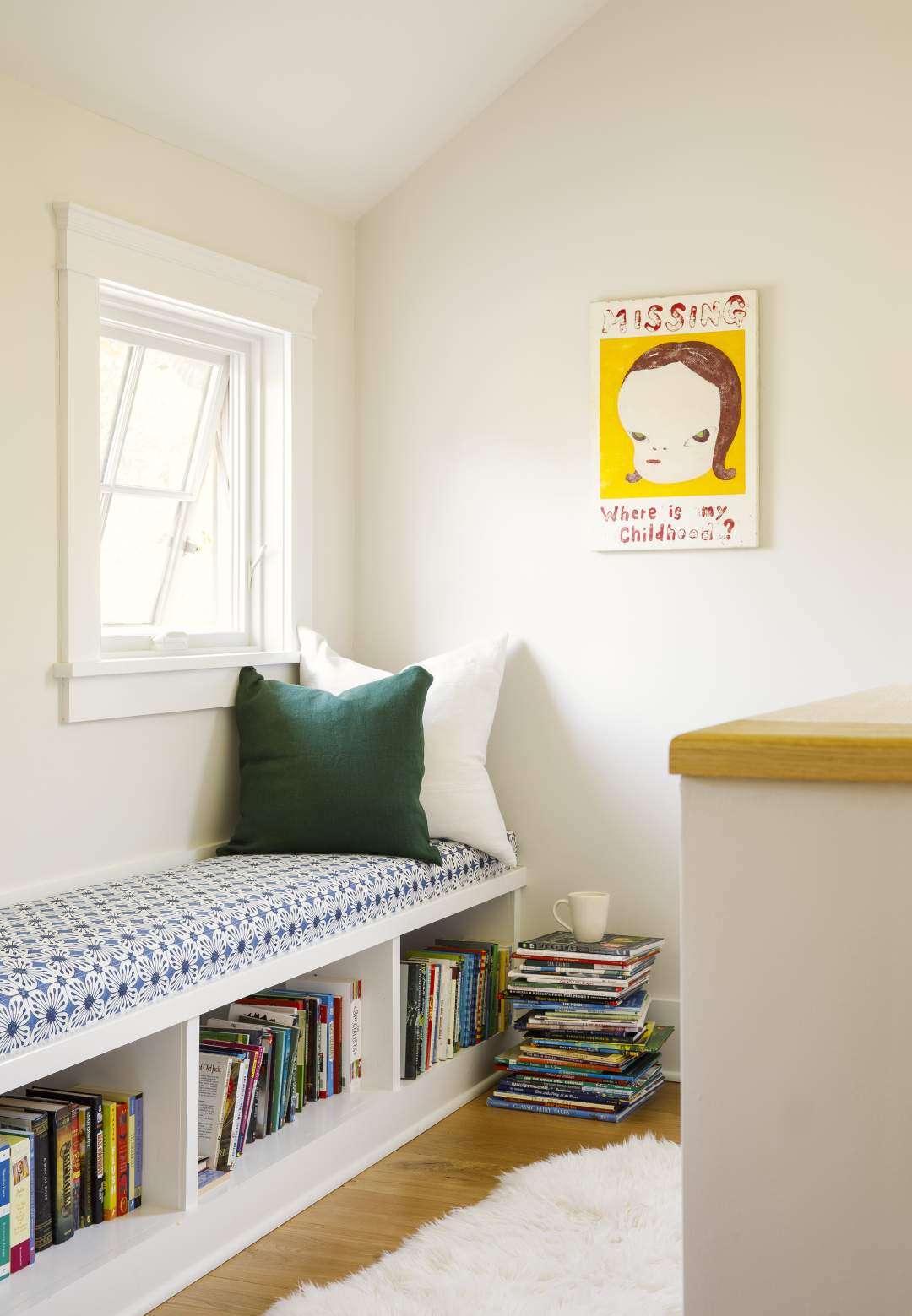
“Neutrals don’t have to be monochromatic,” says Babcock, who created a U-shaped breakfast nook and a dining area for larger gatherings. For the first, she used a table the homeowner made from wood that was part of the old shed. There’s also a refreshing burst of green in a Marimekko fabric-upholstered banquette.
The overall effect is thoughtful and (surprisingly) vibrant. “My palette is a soft one,” Babcock acknowledges. Her message is that there’s nothing wrong with pattern and color as long as they are judiciously employed. “Don’t be afraid to incorporate wood and textures or to mix old and new “so that everything isn’t the same yet it all has a collected feel. Introduce the unexpected in a quiet way — through artwork, for example.” She offers one final piece of advice. “Don’t cover your bathroom walls with tile that has sailboats on it — put an anchor on your wall! That way if you get tired of it, you can always take it down.”

















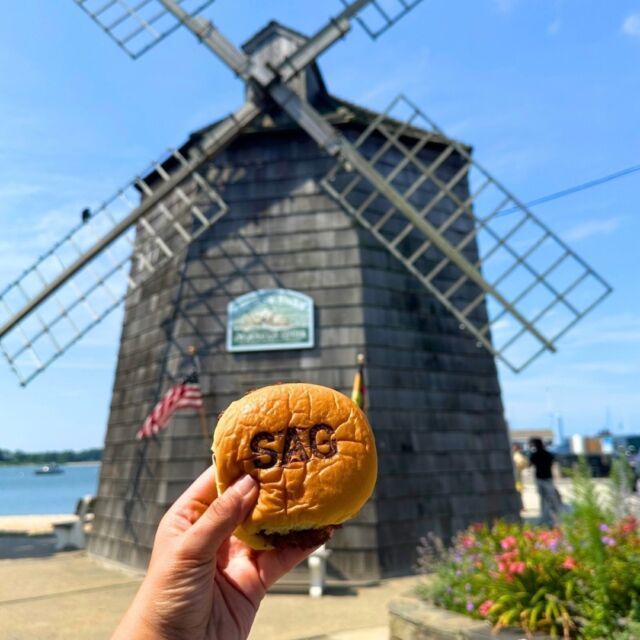
![At @inspirseniorliving, they’re transforming senior living and elevating every dimension of life. With a philosophy that embraces enhanced wellness and immersive experiences, their communities offer residents a lifestyle that meets and exceeds everything they’ve envisioned for their lives; including Assisted Living, Memory Care, or Enhanced Care. [link in bio]](https://hamptonsrealestateshowcase.com/wp-content/uploads/sb-instagram-feed-images/452692090_1818077558601184_7837181803899896025_nfull.jpg)
![A winding private drive leads the way to 198 Two Holes of Water Road, situated on 10± acres with plenty of seclusion, privacy, and an all weather tennis court. After undergoing a top-to-bottom renovation in 2019, the estate has been marked by dramatic sculptural touches, wide expanses of scenic space, and is ready for immediate occupancy. Represented by @tomcavallo of @douglaselliman. [link in bio]](https://hamptonsrealestateshowcase.com/wp-content/uploads/sb-instagram-feed-images/452714375_18452144299030135_7245639606158274147_nfull.jpg)
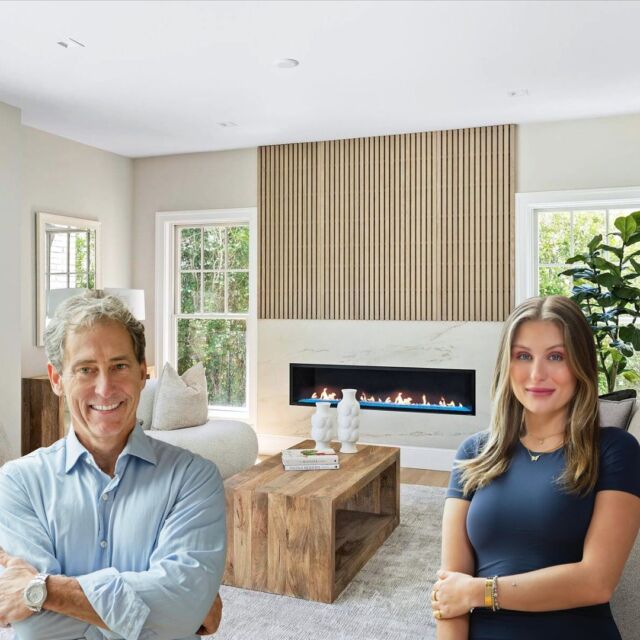
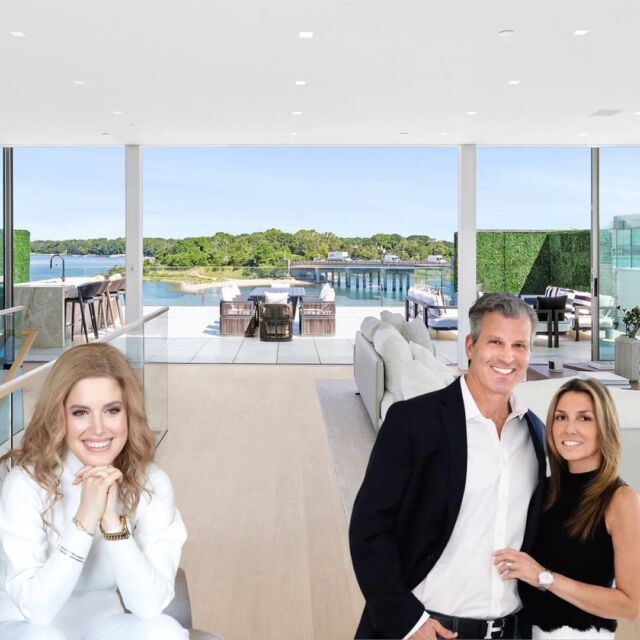
![When Brooke Abrams undertook the interior decoration of an ultra-modern beach house designed by Bates Masi + Architects, her clients wanted everything to look very "rich and luxurious." In addition to unifying the interior space with the exterior space, Abrams sought to bring a sense of cohesiveness to the house. “It had a lot of beautiful pale woodwork in creams and beiges and greys,” she recalls. “Rather than introduce new colors, I felt it was important to stay within that neutral palate so that everything felt integrated.” [link in bio]](https://hamptonsrealestateshowcase.com/wp-content/uploads/sb-instagram-feed-images/452279191_374759435318292_2948881216648686178_nfull.jpg)
